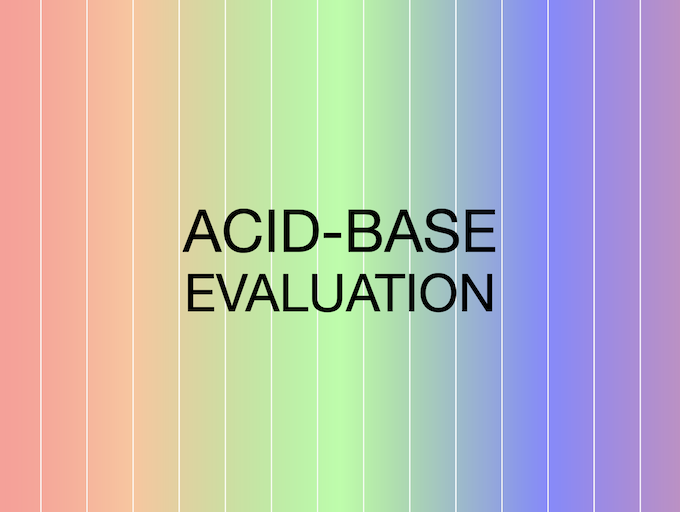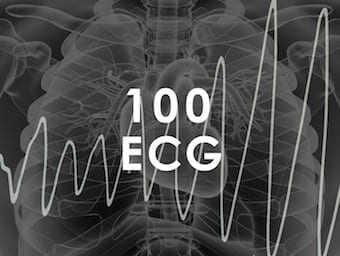
Blood Gas Interpretation
The blood gas is used to rapidly assess ventilatory function and identify acid-base disorders – and will also generally provide point-of-care testing of a number of values such as electrolytes, blood glucose and haemoglobin.

The blood gas is used to rapidly assess ventilatory function and identify acid-base disorders – and will also generally provide point-of-care testing of a number of values such as electrolytes, blood glucose and haemoglobin.

Acid-Base Library: Blood gas analysis and interpretation

Franz Wiesbauer explains how to differentiate between metabolic acidaemia caused by a loss of bicarbonate and that caused by the addition of acid.

Franz Wiesbauer looks at acid-base compensation and some super-simple rules that will help you decide whether compensation is adequate or not.

Franz Wiesbauer explains the relationship between pH, HCO3 and pCO2 and a simple rule which will help you decide whether the primary problem is respiratory or metabolic in nature.
Remember the 3s and EncephalopaTHREE (ph 7.3, INR>3, BSL of 3.9 less, Encephalopathy) RIPE

29 yr old male presents complaining of vomiting, dizziness and felling 'vague'. Describe and interpret this ECG. LITFL Top 100 ECG

This is quick reference page to acid base disorders in toxicology and osmolar gaps. Zeff a toxicologist from Melbourne talks through his approach and the errors that can occur with osmolar and anion gaps.

Osmolar Gap: Osmolar gap = Osmolality (measured) - Osmolarity (calculated): NOTE: is a pragmatic clinical aid - the units are different (osmolality =mOsm/kg and osmolarity = mOsm/L) so it doesn't make mathematical sense!

Metabolic Alkalosis DDx

Respiratory Acidosis DDx

Metabolic acidosis DDx